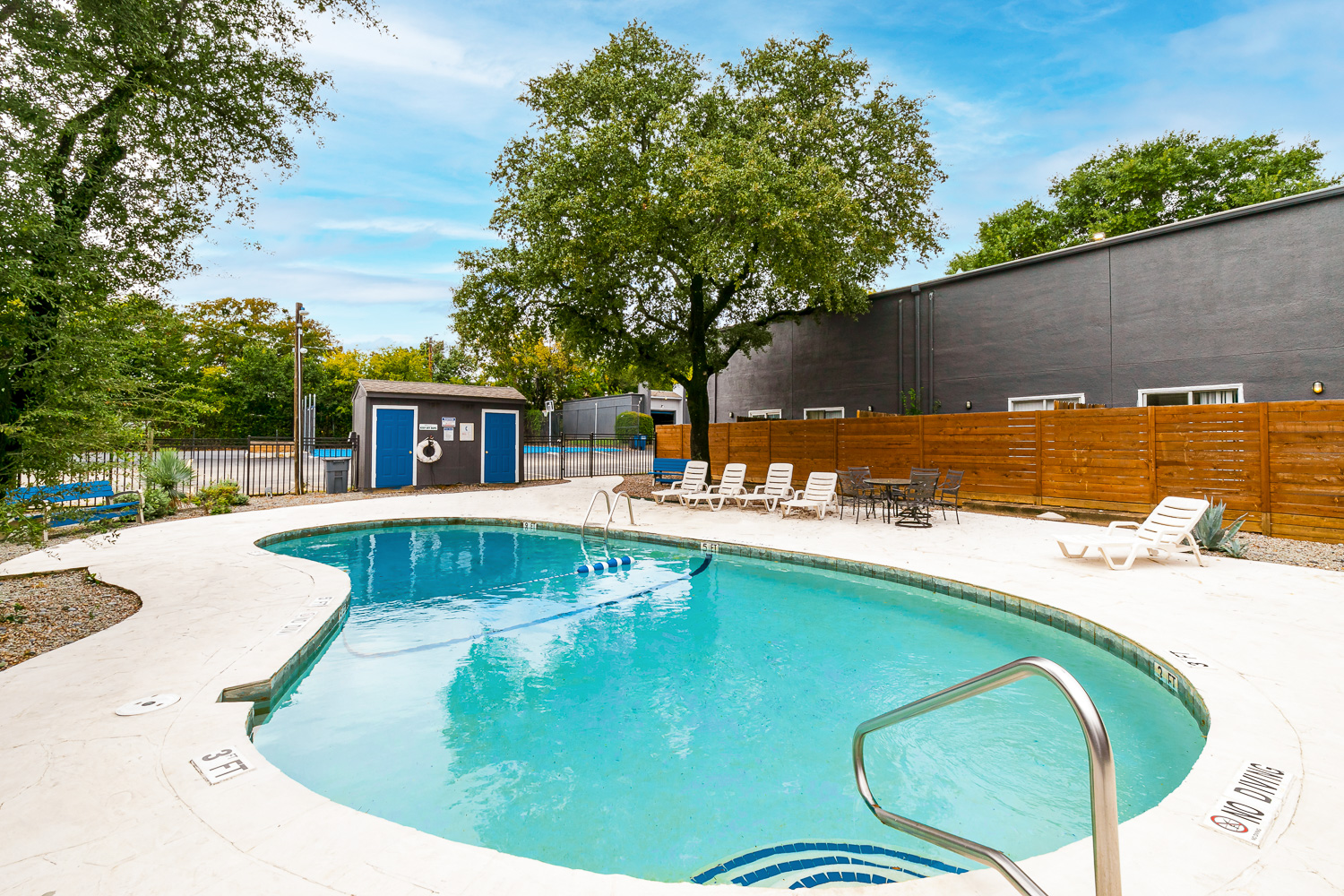Purchase Order (PO) Definition and Approval Process
A purchase order (PO) begins as a request to the Area Manager for approval to purchase the items listed from an approved vendor. The price of purchases must be at, or below, the prices listed from the approved vendor. Managers do not have authorization to place an order with that vendor until the PO is approved by the Area Manager.
After approval, Managers should provide the PO number to the vendor, so that they can prepare and deliver the requested product(s) and/or service(s) at the approved price. Soon after delivery of the product(s)/service(s) – or sometimes at the same time – the vendor provides an invoice. The invoice should reference the appropriate PO when the Manager enters the new invoice, so the PO can be tied to the associated invoice.
When to Create a Purchase Order
Most purchases do require a PO and subsequently an invoice. Managers should submit a PO request before ordering/purchasing anything.
However, when Managers receive an invoice for which a PO is not required, please enter the invoice immediately.
You do not need a PO for regular, recurring expenses for which we have a contract/agreement in place. The contract/agreement is essentially a recurring PO. This could be for things like:
- Monthly pest control treatment
- Monthly landscaping service
- Monthly trash collection and any of the utilities
- Uniform service (weekly) with Unifirst.
How to Create a Purchase Order
After determining if a PO is required, follow these steps to create a PO:
- Under the Accounting menu, Payables, click Purchase Orders. The Purchase Orders window opens.
- At the top, click New Purchase Order. The New Purchase Order window opens.
- In the Vendor box, enter the vendor for the purchase or service.
- In the Expense Type drop-down listbox, select the appropriate type. Use Capital for items that should only be replaced every 12 months or more. Use Maintenance Supplies for items that are maintenance related and replaced more routinely. You should not need to use Accounting/CPA/Bookkeeping.
- In the Number box, click the Automatically generate number checkbox, and a PO number will be generated for this PO.
- In the Date box, enter the date of the PO generation.
- Enter a detailed description in the Description box.
- Complete the line item entry in the Line Items area.
- Select your property in the Property box after clicking under the name Property.
- Under Location, type the location within the property, such as the unit number.
- Under GL account, use the General Ledger account list to select the appropriate GL number for proper accounting purposes. The Description field automatically populated based on your input in the previous Description box.
- Enter the price for each item in the Unit Price box, the number of the items to be ordered under Quantity. Do not enter anything under Tax Grp and Tax.
- Click the Plus sign if more than one type of item or service is associated with this single PO. Continue for each new item associated with this PO.
- Under Documents, attach any associated documents, such as proposals or bids.
- Click the Save button to save the new PO.
